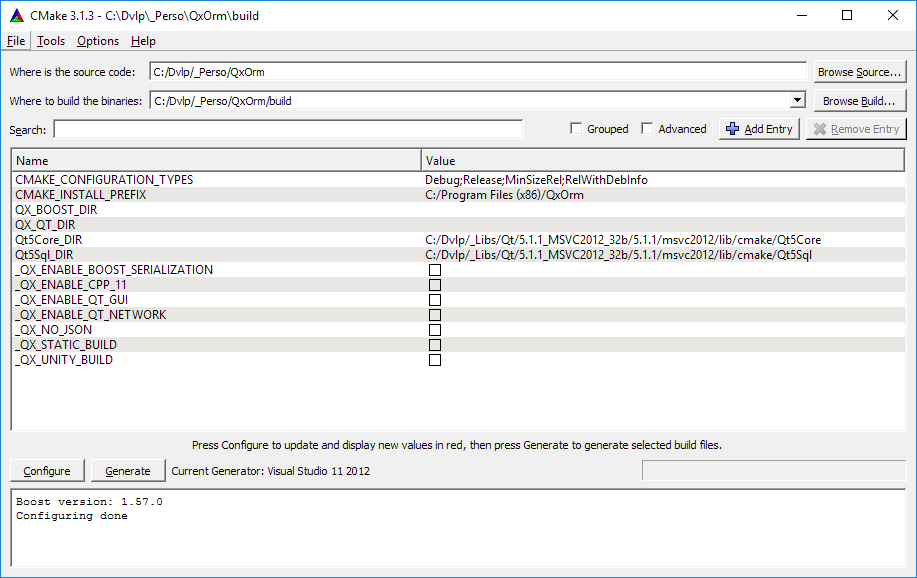Qt Slot Mapper
- Qt allows us to connect multiple signals to the same signal or slot. This can be useful when we provide the user with many ways of performing the same operation. Sometimes, however, we would like the slot to behave slightly differently depending on which widget invoked it. In this article we.
- The Qt signals/slots and property system are based on the ability to introspect the objects at runtime. Introspection means being able to list the methods and properties of an object and have all kinds of information about them such as the type of their arguments. QtScript and QML would have hardly been possible without that ability.
- Qt Slot Mapper Download
- Qt Slot Mapper Software
- Qt Slot Mapper Download
- Qt Slot Mapper App
- Qt Slot Mapper Free
I have been trying to implement signal mapper. I have used the example code below. But, this example code from 4.8 doesn't have SLOT getting signal from 'mapped'. So, I added my own SLOT(doThings(int)). But signal mapper doesn't send any signal to the slot. Any help would be really appreciated. You create some checkboxes and connect their checked signal to some slot. Nothing tricky there. You might want to use a QSignalMapper or sender to find out which checkbox has triggered the signal.

The Simple Widget Mapper example shows how to use a widget mapper to display data from a model in a collection of widgets.
The QDataWidgetMapper class allows information obtained from a model to be viewed and edited in a collection of widgets instead of in an item view. Any model derived from QAbstractItemModel can be used as the source of data and almost any input widget can be used to display it.
The example itself is very simple: we create Window, a QWidget subclass that we use to hold the widgets used to present the data, and show it. The Window class will provide buttons that the user can click to show different records from the model.
Window Class Definition
The class provides a constructor, a slot to keep the buttons up to date, and a private function to set up the model:
Qt Slot Mapper Download
In addition to the QDataWidgetMapper object and the controls used to make up the user interface, we use a QStandardItemModel to hold our data. We could use a custom model, but this standard implementation is sufficient for our purposes.
Window Class Implementation

The constructor of the Window class can be explained in three parts. In the first part, we set up the widgets used for the user interface:
We also set up the buddy relationships between various labels and the corresponding input widgets.
Next, we set up the widget mapper, relating each input widget to a column in the model specified by the call to setModel():
We also connect the mapper to the Next and Previous buttons via its toNext() and toPrevious() slots. The mapper's currentIndexChanged() signal is connected to the updateButtons() slot in the window which we'll show later.
In the final part of the constructor, we set up the layout, placing each of the widgets in a grid (we could also use a QFormLayout for this):
Lastly, we set the window title and initialize the mapper by setting it to refer to the first row in the model.
The model is initialized in the window's setupModel() function. Here, we create a standard model with 5 rows and 3 columns, and we insert some sample names, addresses and ages into each row:
As a result, each row can be treated like a record in a database, and the widget mapper will read the data from each row, using the column numbers specified earlier to access the correct data for each widget. This is shown in the following diagram:
Qt Slot Mapper Software
Since the user can navigate using the buttons in the user interface, the example is fully-functional at this point, but to make it a bit more user-friendly, we implement the updateButtons() slot to show when the user is viewing the first or last records:
If the mapper is referring to the first row in the model, the Previous button is disabled. Similarly, the Next button is disabled if the mapper reaches the last row in the model.

Qt Slot Mapper Download
More Complex Mappings
Qt Slot Mapper App
The QDataWidgetMapper class makes it easy to relate information from a model to widgets in a user interface. However, it is sometimes necessary to use input widgets which offer choices to the user, such as QComboBox, in conjunction with a widget mapper.
In these situations, although the mapping to input widgets remains simple, more work needs to be done to expose additional data to the widget mapper. This is covered by the Combo Widget Mapper and SQL Widget Mapper examples.
Qt Slot Mapper Free
© 2020 The Qt Company Ltd. Documentation contributions included herein are the copyrights of their respective owners. The documentation provided herein is licensed under the terms of the GNU Free Documentation License version 1.3 as published by the Free Software Foundation. Qt and respective logos are trademarks of The Qt Company Ltd. in Finland and/or other countries worldwide. All other trademarks are property of their respective owners.